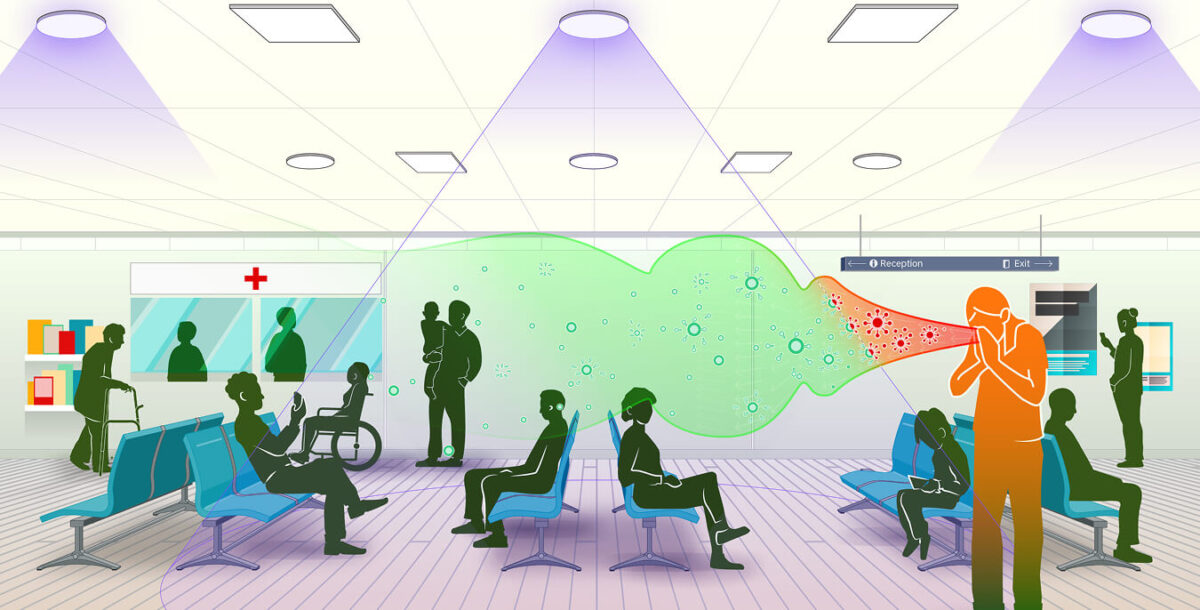Our Vulnerability to Airborne Disease
Airborne infectious disease remains one of humanity’s most significant challenges. In 2021, respiratory infections resulted in 11.3 million deaths and experts estimate a nearly 25% probability of a pandemic as deadly as COVID-19 occurring within the next decade.
Our current tools against airborne disease are insufficient. As quick as they were developed, COVID-19 vaccines still took a year to reach widespread distribution. Solutions like filtration and ventilation are important but cannot easily meet air cleaning standards on their own.
Far-UVC (ultraviolet light of wavelengths between 200-235nm, typically deployed at 222nm) represents a potentially transformative solution for continuous environmental inactivation of airborne pathogens.


